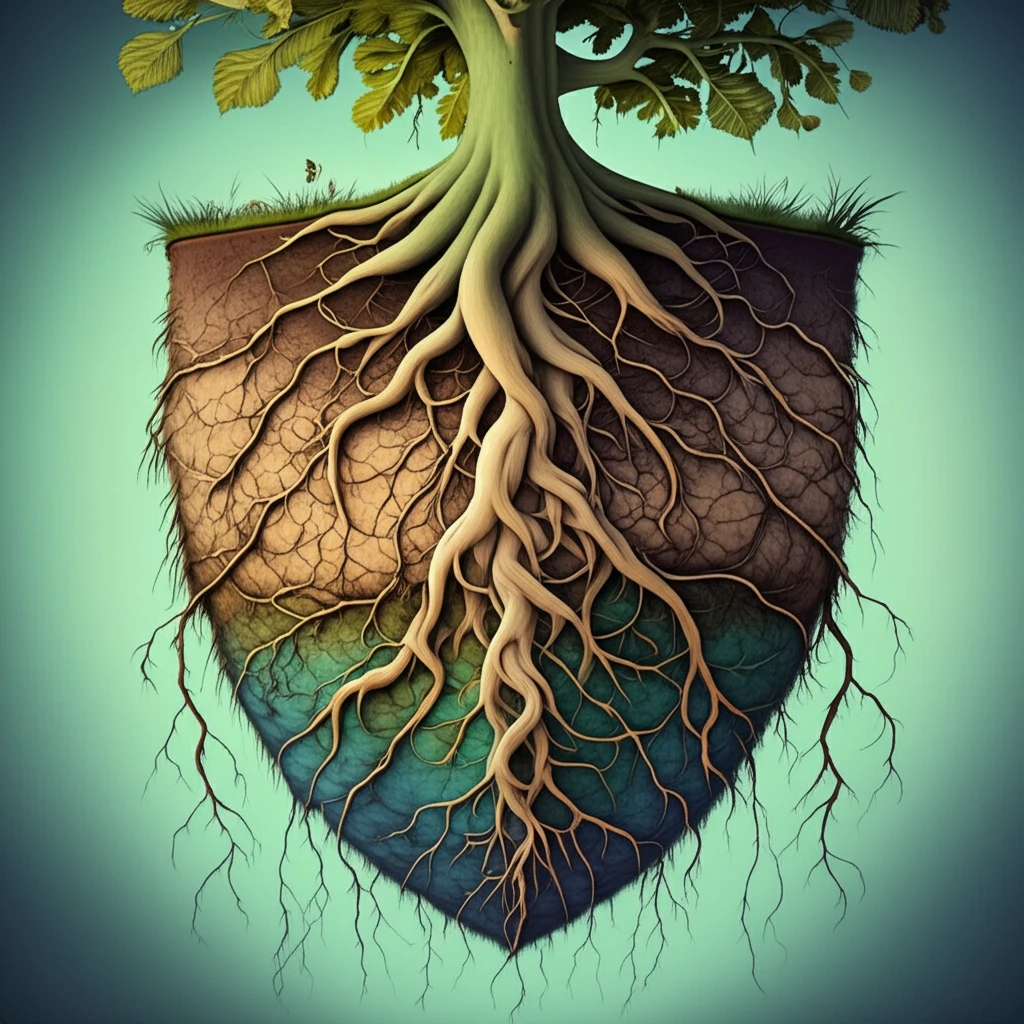
Thirsty Plants? How Soil Moisture Affects Their Water Uptake
"Uncover the secrets of how plants adapt to varying soil moisture levels and what it means for agriculture and ecosystem health."
Plants, like all living things, require water to survive. The process of transpiration, where plants release water into the atmosphere, is fundamental to this exchange. Understanding the factors that control transpiration is crucial for predicting water transfer across ecosystems and optimizing agricultural practices.
While atmospheric conditions and above-ground plant properties like leaf area and stomatal conductance are known to influence transpiration rates, the availability of water in the soil plays a critical role. When soil moisture is abundant, plants can easily take up water. However, as the soil dries, the process becomes more complex, impacting plant water potential and overall health.
A new study investigates the intricate relationship between leaf water potential, transpiration rate, and soil water potential under heterogeneous soil conditions. By combining experimental measurements with root water uptake models, researchers are gaining valuable insights into how plants adapt to drought and the role of hydraulic lift in water redistribution.
Unpacking Soil Water Potential: What It Means for Plant Health

Soil water potential refers to the energy required for a plant to extract water from the soil. It encompasses matric potential (due to capillary forces) and osmotic potential (due to dissolved salts). When soil is saturated, water potential is high, making it easy for plants to absorb water. As the soil dries, the water potential decreases, increasing the energy plants must expend to obtain water.
- Experiment Setup: Researchers grew lupines in sandy soil, dividing it into two layers separated by a coarse sand barrier. This setup allowed roots to grow through but limited water movement between layers.
- Three Scenarios: They tested three moisture scenarios: wet-wet (both layers wet), dry-wet (top layer dry, bottom wet), and dry-dry (both layers dry).
- Measurements: They measured transpiration rates and leaf water potential using a root pressure chamber technique, which gauges the suction force in the leaves.
The Bigger Picture: Implications for Agriculture and Beyond
Understanding the dynamics of plant water uptake is crucial for sustainable agriculture and ecosystem management. As climate change brings more frequent and severe droughts, it becomes increasingly important to develop strategies that enhance plant resilience. These strategies may include selecting drought-tolerant crop varieties, optimizing irrigation techniques, and promoting soil health to improve water retention. By continuing to unravel the complexities of plant-soil interactions, we can better safeguard our food security and preserve the health of our planet.
